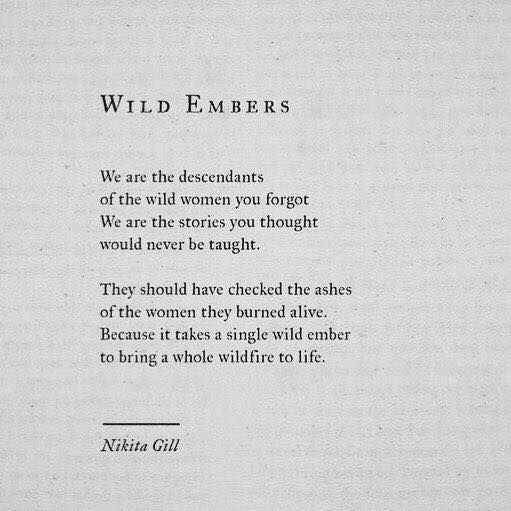Article by TWGE Redaktion
Inside the Womb: The Sacred Space of Life’s Origin and the Ancestral Wisdom of the Tree of Life
The womb is the first place we call home, a sacred space where life begins and where we receive not only the sustenance needed to survive but also deep, ancestral wisdom. It is within this dark, watery sanctuary that we begin our journey, connected to a network of life that spans both time and generations.
The powerful photos we are sharing showcase animals in the womb – an awe-inspiring glimpse into the earliest stages of life. Captured through cutting-edge 3D ultrasound technology, these images offer a rare and detailed perspective of life in the making. They reveal how organisms develop in utero, offering insight into the intricate, miraculous process of birth and growth.
But these images are more than just biological snapshots. They symbolize the profound connections that begin in the womb and extend beyond our physical development. The amniotic fluid surrounding us is not just a life-sustaining substance; it is also a medium that nourishes us, connecting us to our ancestral memories and the larger forces of nature.
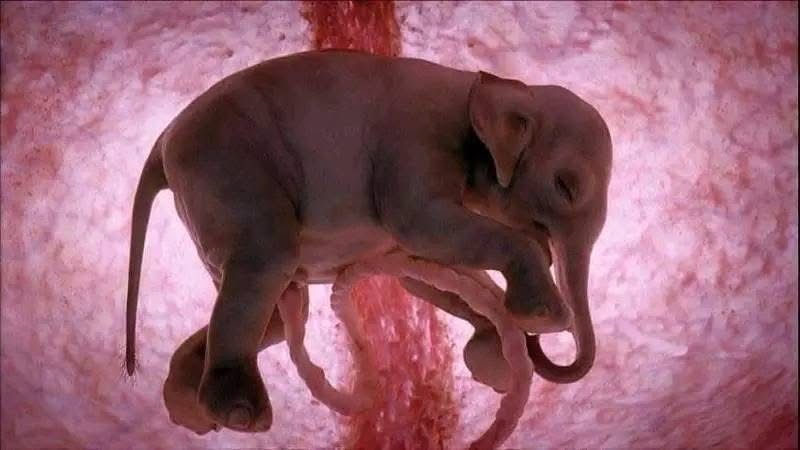
The Womb as the “Tree of Life”
The womb is often viewed as a symbol of the Tree of Life – a powerful metaphor representing the interconnectedness of all living beings. Just as the roots of a tree reach deep into the earth, drawing sustenance, the womb serves as the root of human existence. It is from this very place that we begin our life, taking in the nutrients and energy needed for our growth.
The Tree of Life is a universal symbol found in various mythologies and spiritual traditions. It represents the cyclical nature of life, death, and rebirth, where every branch and leaf is connected to the same root. In this mythic framework, the womb can be seen as the seed or root of the Tree of Life – the first space where all life’s potential is realized. Just like the branches of a tree that stretch out into the sky, we, too, grow and reach our potential, nourished by the energy that flows from the womb.
The connection between the womb and the Tree of Life is also symbolic of our ancestral heritage. The womb doesn’t only nurture us physically; it also holds the information and energies passed down from generations before us. Our ancestors’ wisdom, emotions, and experiences are encoded in our DNA, and the womb serves as the first space where these ancestral connections are formed. It is through this deeply rooted connection that we receive not just physical nourishment, but also a spiritual inheritance that shapes who we are. The stunning images of animals in the womb were created by Peter Chinn as part of a National Geographic project. Using advanced 3D ultrasound technology, these images reveal what fetuses look like in their natural environment.
What is the Tree of Life?
The Tree of Life is a universal symbol found in mythology, religion, and philosophy. It represents the interconnectedness of all life and the cyclical nature of existence—birth, growth, death, and renewal. Often depicted as a grand tree with roots anchoring it to the earth and branches reaching the heavens, the Tree of Life bridges the physical and spiritual worlds, reminding us of the unity within diversity.
Key Elements of the Tree of Life
- Roots: Representing stability, origins, and our connection to the past, the roots of the Tree of Life anchor it firmly to the earth.
- Trunk: The trunk symbolizes strength, unity, and the journey of life, growing from a singular source to reach higher dimensions.
- Branches and Leaves: The branches represent expansion, diversity, and infinite possibilities, while the leaves symbolize individual lives—unique but connected to the same source.
- Fruits and Seeds: Fruits signify abundance and the rewards of growth, while seeds embody potential, renewal, and the continuity of life.
Cultural Significance of the Tree of Life
- Ancient Egypt: Associated with immortality and divine creation.
- Celtic Mythology: Known as Crann Bethadh, it represented harmony and balance in nature.
- Kabbalah (Jewish Mysticism): Central in Kabbalistic teachings, the Tree of Life illustrates the ten Sephirot, or divine emanations, that form the blueprint of creation.
The Tree of Life and Its Connection to the Womb
The womb can be seen as the root or seed of the Tree of Life—where all potential begins and life takes its first form. Just as the tree draws nourishment from the earth through its roots, the fetus is nurtured in the womb, receiving vital energy, nutrients, and life force from the mother. The womb serves as the origin of life, much like the base of the Tree of Life, connecting the past (ancestral lineage) to the future (new life).
How the Womb Reflects the Tree of Life:
- Roots and Origins: The womb represents the starting point of all life, just as the roots of a tree provide the foundation for growth.
- Interconnectedness: Every branch and leaf of the Tree of Life mirrors the connection between a mother and her child, emphasizing the shared source of life.
- Growth and Potential: Just as a seed contains the blueprint for the entire tree, the womb is the first space where all potential is realized, nurturing the growth of a new being.
Why the Womb is Central to the Symbolism
In spiritual and mythological contexts, the womb is often regarded as sacred, representing creativity, transformation, and the flow of life energy. It is the gateway through which life enters the world, mirroring the tree’s role as a symbol of regeneration and continuity.
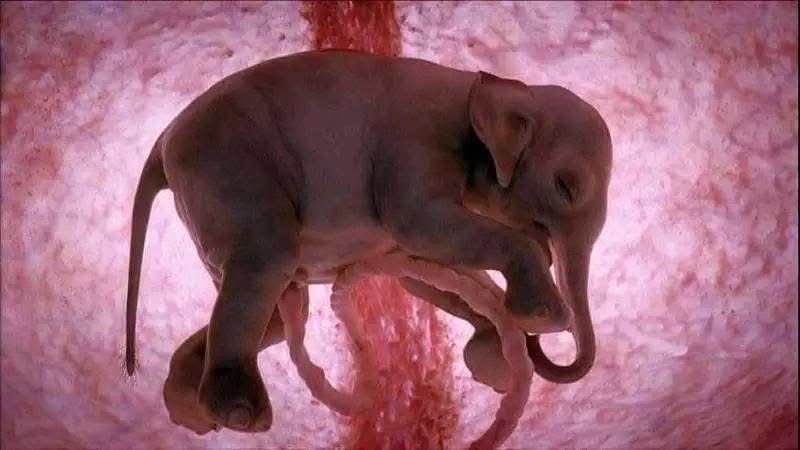
The Ancestral Connection: Wisdom of the Past
As we grow in the womb, we are not just developing a body – we are also receiving wisdom from those who came before us. The myths of the Tree of Life emphasize that everything in life is interwoven. Just as the roots of a tree are connected to the soil, every living being is connected to the greater web of existence, and the womb is the first place where this profound connection is made.
In the same way that the branches of a tree spread out and form new life, our experiences, memories, and knowledge are passed down through generations. The womb, as the first sacred space, is where this spiritual inheritance begins. It’s in the womb that the foundations of our collective wisdom are laid, connecting us to the ancient forces of creation, the energy of the earth, and the wisdom of our ancestors.
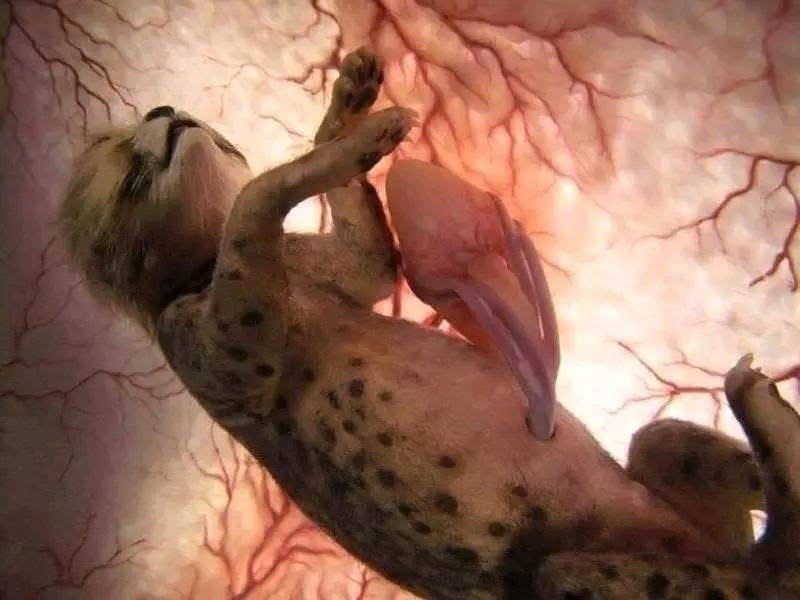
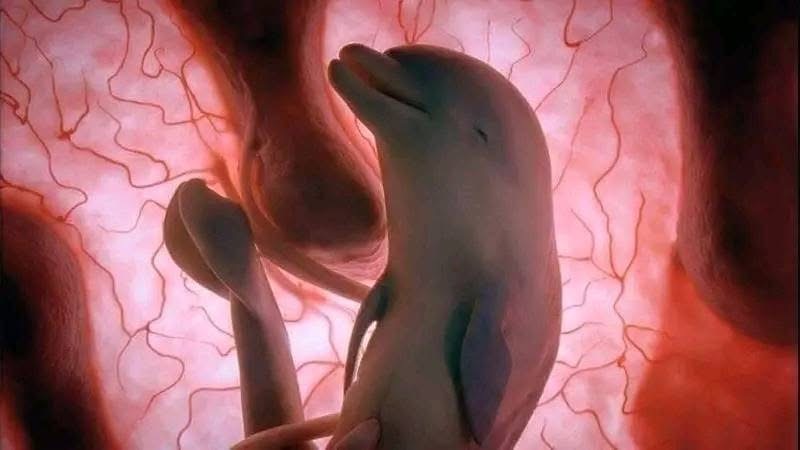
Water as the Sacred Element
The amniotic fluid that surrounds us in the womb plays a vital role not just in our physical growth, but in maintaining this sacred connection. Water has long been regarded as a symbol of life, purity, and regeneration across cultures. In many myths, water is the medium through which we connect with divine energies and ancient wisdom. In the same way, the water in the womb connects us to the universal flow of life and all that came before us.
These powerful images of life in the womb remind us that the womb is not just the beginning of a physical journey, but the beginning of a spiritual one. It is the first place where we are connected to all life, to the flow of history, and to the wisdom of the earth. Just as the Tree of Life spans across generations, so does the wisdom of the womb, carrying the legacy of our ancestors forward into the future.
The Sacred Journey of Life
The womb is more than just a physical space; it is the origin of life and the foundation of who we are. As we witness these images of life in the womb, we are reminded of the sacredness of our existence, the intricate patterns that shape us, and the deep ancestral connections that run through our veins.
The womb, as the Tree of Life, represents the cycle of birth, growth, death, and rebirth. It is within this sacred space that our story begins, and it is through this ancient connection that we carry forward the legacy of life, love, and wisdom from those who came before us. Are you ready to dive deep in?
Dimethyltryptamine (DMT), a naturally occurring compound in the human body, is often associated with altered states of consciousness and mystical experiences. While research on DMT’s presence and role in the womb is limited, some hypotheses suggest:
- Pineal Gland Development: The pineal gland, which is thought to produce DMT, begins forming during fetal development. It may contribute to early brain development, although direct evidence of DMT’s activity in utero is not yet fully established.
- Neurogenesis and Growth: DMT has been proposed to play a role in neural growth and repair, which might mean it supports the rapid brain development occurring in the womb. However, this remains a speculative area requiring further research.
Cortisol and Stress During Pregnancy
The impact of maternal stress and cortisol on fetal development is well-documented in scientific research:
- Cortisol Crossing the Placenta: Cortisol is a stress hormone released by the mother’s adrenal glands in response to stress. It can cross the placenta and enter the amniotic fluid, exposing the fetus to its effects.
- Source: Glover et al., “The effects of prenatal stress on child behavioural and cognitive outcomes start at the beginning of life.” Neuroscience & Biobehavioral Reviews, 2018.
- Impact on Fetal HPA Axis Development: Elevated cortisol levels influence the development of the fetal hypothalamic-pituitary-adrenal (HPA) axis, which regulates stress responses. This can lead to increased stress sensitivity in the child later in life.
- Source: O’Donnell et al., “Prenatal maternal stress and neurodevelopment of the child: focus on the HPA axis and role of the placenta.” Developmental Neuroscience, 2009.
- Epigenetic Changes: Chronic stress during pregnancy can lead to epigenetic modifications in the fetus, influencing gene expression, particularly in genes related to emotional regulation and stress response.
- Source: Weaver et al., “Epigenetic programming by maternal behavior.” Nature Neuroscience, 2004.
- Long-term Effects on the Child: Prolonged exposure to high cortisol levels in the womb is associated with an increased risk of emotional disorders, ADHD, and cognitive challenges later in life.
Reclaiming the Sacred Womb and the Goddess Within
As we journey through the ancient wisdom of the Tree of Life, we find ourselves drawn back to the profound mystery of the womb—our first temple, the source of all creation. Just as the Mystery Schools and Moon Colleges of old revered the sacred feminine and the cycles of life, we too are called to rediscover this divine connection.
In embracing the womb, we reclaim not only our roots but also our creative power, our intuition, and our connection to the divine feminine. The womb is not merely a vessel for life—it is the wellspring of our potential, a gateway to rebirth, and a symbol of the goddess within.
It is time.
Let us honor the sacred, reconnect with our origins, and awaken the ancient knowledge that flows through us. In this act of remembrance and reverence, we reclaim the goddess, restoring balance and harmony to ourselves and the world.
